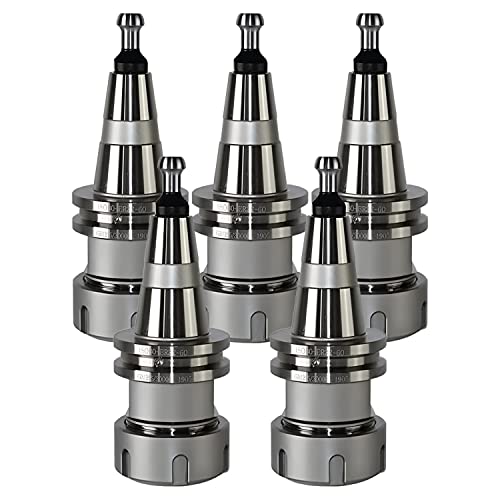James
I notice that you have 'discovered' the failings of dies which are really designed to re-furbish worn threads. Ah well?
Probably the only wise solution is to screwcut and then use the incorrect die.
It does beg the question of whether your intended tool and cutter grinder will correct the small taper lead on dies or grind the proper cutting edges to worn dies.
If I recall, I DID suggest that you read Chaddock on his Quorn which deals with such matters. Of course, there are other solutions that come to mind.
Laughingly, I'm one of Imperial guys and metric screwcutting on an imperial lathe with an imperial gear box is- well, a so and so. Yea, got a 63 tooth and a pair of 21's and a metric banjo-- and no music for it:hDe:
Norm


















![TurboCAD 2020 Designer [PC Download]](https://m.media-amazon.com/images/I/51UKfAHH1LL._SL500_.jpg)
































![MeshMagic 3D Free 3D Modeling Software [Download]](https://m.media-amazon.com/images/I/B1U+p8ewjGS._SL500_.png)










![DreamPlan Home Design and Landscaping Software Free for Windows [PC Download]](https://m.media-amazon.com/images/I/51kvZH2dVLL._SL500_.jpg)






































